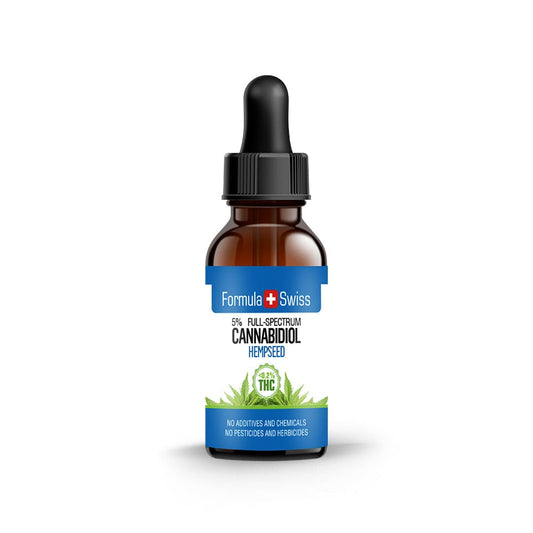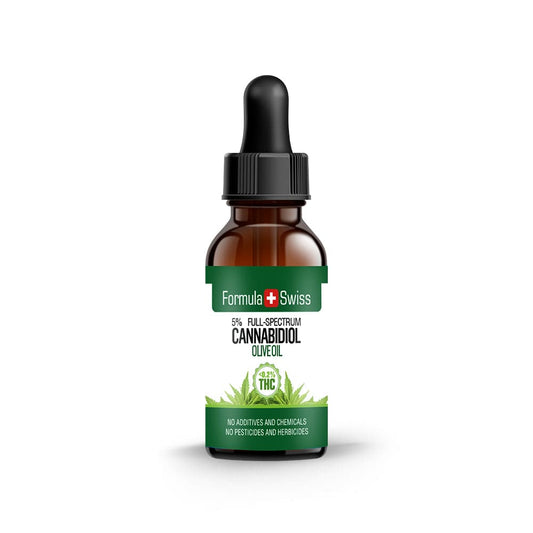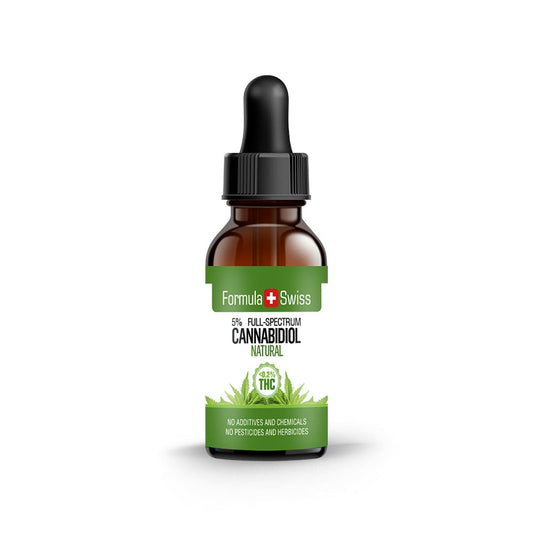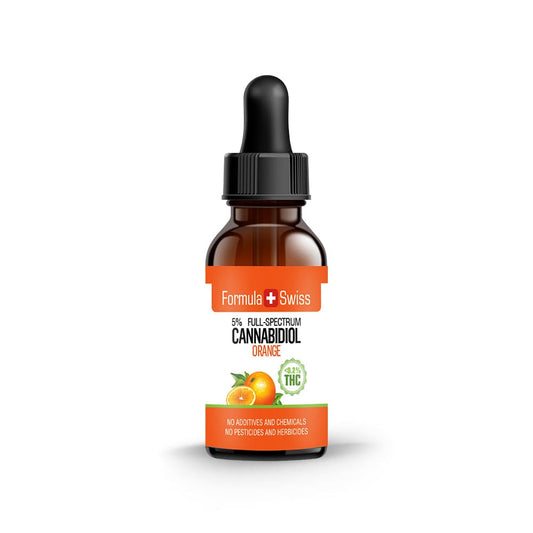After spending years working with hemp and cannabis, I’ve come to think of terpenes as the quiet contributors that give the plant so much of its personality. They’re often overshadowed by more talked-about compounds, but they play a huge role in ho w we experience hemp.
One terpene I keep coming back to is humulene. It has this earthy, herbal scent that’s really grounding, and you’ll find it not just in hemp, but also in hops, sage, and a few other familiar plants.
In this article, I want to explore what makes humulene so intriguing — where it appears, what distinguishes it, and why it deserves greater attention.
Whether you’re working in hemp cultivation, developing products, or simply curious about what gives these plants their unique character, learning about humulene can provide a fresh perspective on the broader picture.
Save up to 30% when you order your CBD oil today
Key takeaways
- Humulene is a naturally occurring terpene known for its earthy, woody, and herbal aroma.
- It is found in a variety of plants, including hops, basil, black pepper, and hemp.
- Humulene contributes to the distinct scent and character of many hemp cultivars.
- This terpene is a sesquiterpene, meaning it has a more complex molecular structure than monoterpenes.
- Understanding humulene helps highlight the diverse and layered chemistry of the hemp plant.
This article is provided for informational purposes only and does not relate to any of the products available in our webshop. For more information, please see our full disclaimer.
An introduction to humulene
Humulene is a terpene that plays a key role in shaping the aroma of many plants. Recognised for its earthy, woody scent, it illustrates the diversity of plant chemistry and highlights how terpenes contribute to distinctive fragrance profiles. As one of the more notable terpenes, humulene offers insight into the complexity and character found in nature’s botanical compounds.
Humulene is a natural compound. It's found in hops, giving beer its distinctive aroma. It's also present in sage, ginseng, and cannabis, recognised for its earthy and spicy notes.

Research published in the Russian Journal of Plant Physiology shows that terpenes such as humulene are more than just aromatic compounds. In studies on Arabidopsis thaliana, these volatile organic compounds were found to be distributed differently between leaves and roots, influencing how the plant responds to environmental stress and how it manages photosynthetic activity.
This underlines the importance of humulene and other terpenes in plant biology and their wider role in ecological systems.
Order and get up to 30% off your CBD oil
Exploration of humulene's aroma profile
Humulene brings an earthy, woodsy scent to cannabis—something deep and grounding. It’s not as sharp or citrusy as terpenes like myrcene. Instead, it leans into richness and subtlety, which makes it especially appealing if you prefer more mellow, layered aromas.
When you line it up against other terpenes, the differences really stand out. Caryophyllene has that peppery, spicy kick. Humulene? It’s more about calm, earthy tones. When these terpenes come together, they build intricate scent profiles that go beyond the sum of their parts.
But humulene isn’t just about how cannabis smells. It also plays a role in shaping how other aromas and flavours are perceived. That’s a big reason why breeders value it—it helps craft more complex and interesting aromatic experiences.
A review in the journal Planta Medica highlights that humulene, while recognised for its presence in essential oils, also plays an important role in shaping the distinctive profiles of many plants.
Humulene in essential oils and aromatherapy
In exploring essential oils, I’ve noticed that those containing humulene stand out for their distinctive character. They carry a natural, earthy aroma often described as grounding, and this scent makes them a common feature in aromatherapy blends where depth and subtlety are valued.

Essential oils rich in humulene are often chosen for their ability to create a calm and welcoming atmosphere. With their warm, woody notes, they add richness to a space and are used in routines that focus on fragrance and ambience.
| Essential oil | Humulene content |
|---|---|
| Hops oil | High |
| Ginger oil | Medium |
| Sage oil | Medium to High |
These oils can be enjoyed in different ways, including diffusion or blending into massage oils, showing how fragrance plays a role in shaping sensory experiences and enhancing daily rituals.
There is still much to discover about humulene in essential oils. As interest in natural plant-based aromatics grows, its distinctive fragrance is receiving increasing attention in the world of aromatherapy.
Order CBD oil now and save as much as 30%
The role of humulene in the entourage effect
The entourage effect is a concept in cannabis research suggesting that cannabinoids and terpenes may influence each other when present together, creating outcomes that differ from when they are isolated. While most of the evidence so far is based on preclinical studies, it remains an area of strong scientific interest.

Humulene, present in cannabis as well as in plants such as hops and basil, is thought to contribute to these interactions. Its widespread presence across different botanicals suggests its potential role may extend beyond cannabis alone.
| Compound | Interaction with humulene | Impact on experience |
|---|---|---|
| THC | Possible interaction with perception | May influence the overall profile |
| CBD | Potential molecular interaction | Contributes to a more balanced composition |
| Other terpenes | Works in synergy | Richer aromatic and sensory profile |
These interactions are complex and not yet fully understood. What is clear is that humulene influences not only aroma but also the way plant compounds combine to shape overall characteristics.
Natural sources rich in humulene
Humulene occurs in a wide range of plants, giving each one a distinctive aromatic note. Beyond cannabis, it is especially notable in hops, which are used in brewing, as well as herbs like sage and ginseng.
Some of the most common natural sources include:
- Hops (Humulus lupulus): A primary source of humulene, especially important in brewing for its aroma.
- Sage: Recognised for its strong, earthy scent, sage contains humulene and is widely used in cooking and aromatic practices.
- Ginseng: Another plant where humulene contributes to the overall profile of its roots.

Comparing humulene with other terpenes
Terpenes often complement or contrast one another, and humulene shows a clear difference from others such as myrcene. Humulene is marked by a woody, earthy character, while myrcene carries a musky, grounding note. Together, these highlight the diversity of aromas across cannabis and other plants.
Humulene is often linked with caryophyllene and pinene in aromatic blends, creating layered and distinctive combinations. Myrcene, by contrast, is commonly associated with a deeper, heavier aroma. These distinctions make each terpene valuable in shaping unique sensory profiles.
| Terpene | Aroma | Associations | Blends well with |
|---|---|---|---|
| Humulene | Woody, earthy | Aromatic depth | Caryophyllene, pinene |
| Myrcene | Musky, earthy | Grounding, heavier tones | Limonene, linalool |

Humulene research: What science says
Scientific studies on humulene are still developing, though early work has begun to explore its roles in plant-based formulations. For example, a paper in the European Journal of Pharmacology examined its activity in preclinical models of inflammation. Another study published in Pharmacological Reports explored humulene’s interaction with the adenosine A2a receptor in mice.
These findings are limited to preclinical contexts and do not yet extend to human trials, but they point to areas of continued interest in terpene research.
Personal perspective
Humulene has always struck me as one of the more distinctive terpenes in hemp. Its earthy and slightly woody aroma sets it apart, giving cultivars a complexity that’s instantly recognisable.
In my own work with hemp and terpene profiles, I’ve grown to appreciate how humulene contributes to the overall character of a plant. What makes it especially fascinating is its presence in both hops and hemp, creating a link between two very different plants. Whether developing new blends or observing crops in the field, I always find humulene to be a detail worth paying close attention to.
For me, it’s the subtleties of terpenes like humulene that make working in this field so rewarding. They remind us that behind every familiar aroma lies a complex chemistry that continues to surprise and inspire.
Don’t miss out—save up to 30% when you purchase CBD oil today
Frequently asked questions
What exactly is humulene?
Humulene, also known as alpha-humulene, is a terpene found in cannabis, hops, sage, and ginseng. It has an earthy, woody aroma with a hint of bitterness. This compound plays a notable role in the scent profile and overall characteristics of certain plants.
Why are terpenes important in nature?
Terpenes are organic compounds in plants that contribute to their scent and play a role in how plants interact with their environment. They are involved in plant defence and communication, helping create the distinct characteristics of various species.
How does humulene compare to other terpenes?
Humulene has a distinct earthy and woodsy aroma. It contrasts with myrcene, which is musky and herbal, and caryophyllene, which carries a spicy scent. Each terpene adds a unique sensory layer to the plant’s overall profile.
How does humulene contribute to the scent of cannabis strains?
Humulene introduces a grounding, earthy base note to cannabis strains. When combined with other terpenes, it contributes to a more layered and complex aromatic composition.
What is the significance of humulene in essential oils and aromatherapy?
In aromatherapy, humulene is valued for its calming and grounding qualities. Its earthy scent is often used to support relaxation-focused formulations.
How does humulene interact with cannabinoids?
Humulene is believed to take part in what is known as the entourage effect, where multiple plant compounds work together to influence the overall effect. It may subtly modify the characteristics associated with cannabinoid-rich formulations.
Can humulene enhance the experience of using cannabis?
Humulene may influence the sensory profile of cannabis by contributing to its aroma and possibly affecting how it interacts with other plant compounds. Experiences can vary depending on the specific composition of the formulation.
What natural sources are rich in humulene?
Humulene occurs naturally in plants such as cannabis, hops, sage, and ginseng. These plants are recognised for their distinct aromas and are valued in various botanical applications.
What are the similarities and differences between humulene and other terpenes in terms of effects and aromas?
Humulene shares with other terpenes the ability to work synergistically within a plant’s profile, though it stands out with its earthy scent. Each terpene contributes differently to the overall aroma and potential characteristics of the plant.
Which terpenes in cannabis complement humulene?
Terpenes such as limonene and bisabolol are often noted for their complementary roles. Limonene has a citrus-like aroma, while bisabolol is more floral. Together, they contribute to a more nuanced scent profile.
What potential benefits of humulene have been explored in recent studies?
Recent studies have explored humulene’s potential roles in various scientific contexts, including its interaction with biological systems. These investigations remain ongoing and are primarily in preclinical stages.
What are future areas of research and interest for humulene?
Researchers continue to examine humulene’s role in aromatherapy, its synergy with other plant compounds, and its broader applications across fields such as formulation science and natural product development.






